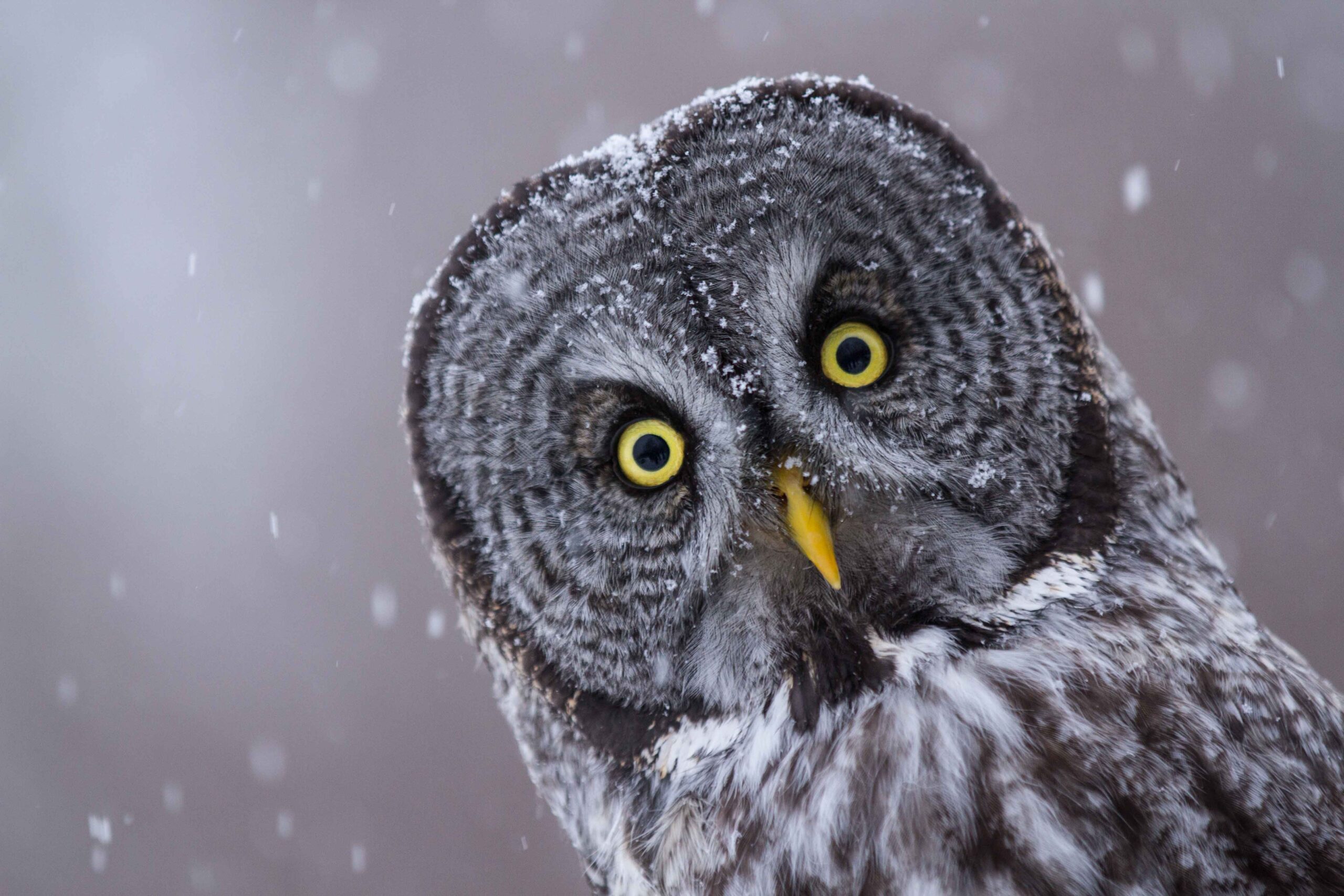Finding an owl perched atop your roof at night can be a mystifying experience. These nocturnal raptors, symbols of wisdom and, in some cultures, harbingers of change, often evoke curiosity and sometimes even apprehension. But what does it really mean when an owl chooses your abode as a temporary roost? Several factors could be at play, ranging from ecological imperatives to purely coincidental occurrences.
Nocturnal Roosting and Hunting Behavior
Owls are crepuscular and nocturnal creatures, meaning they are most active during twilight and nighttime hours. The primary reason an owl might be on your roof at night is simply that it’s an opportune location for hunting or resting. Elevated vantage points offer commanding views of the surrounding terrain, allowing the owl to effectively scan for potential prey. Rodents, small mammals, and insects often congregate in areas near human habitation, unwittingly creating an attractive hunting ground for these avian predators. The roof itself may provide a sheltered spot, offering protection from the elements such as wind or rain, making it a pragmatic choice for a brief respite during their nocturnal forays. Moreover, owls often establish temporary roosts in areas where food is readily available, so the proximity of your home to a suitable hunting locale increases the likelihood of an owl visitation.
Territoriality and Boundary Marking
While not always readily apparent, owls are intensely territorial. They establish and defend their hunting territories through vocalizations, displays, and occasionally, physical altercations. Perching on a prominent structure like your roof can serve as a visual marker, signaling to other owls that the area is occupied. The owl may be using your roof as a high point to broadcast its presence and deter rivals from encroaching upon its hunting grounds. Different owl species exhibit varying degrees of territoriality, with some being more assertive than others. The size and configuration of your property, as well as its location relative to other potential owl habitats, can influence how attractive it is as a territorial boundary marker.
The Lure of Artificial Light
Artificial light, a ubiquitous feature of the modern landscape, can inadvertently attract owls. Streetlights, security lights, and even ambient light emanating from homes can create illuminated patches that draw in insects. These insects, in turn, become a food source for owls. While owls are primarily visual hunters, they are also opportunistic. The increased visibility afforded by artificial light can make it easier for them to locate and capture prey. Consequently, an owl might perch on your roof to take advantage of the enhanced hunting opportunities presented by the surrounding artificial illumination.
Nesting Considerations (Seasonality)
During breeding season, which varies depending on the owl species and geographic location, owls may be actively searching for suitable nesting sites. While most owls prefer cavities in trees or cliffs, some species are more adaptable and may nest in unconventional locations, including barns, attics, or even on rooftops in certain circumstances. If an owl is repeatedly observed on your roof during the breeding season, it’s plausible that it is evaluating the area as a potential nesting site. However, direct evidence of nesting activity, such as the presence of owlets or nesting materials, would be required to confirm this. Remember to consult with local wildlife authorities before undertaking any actions that could disturb nesting owls.
Migration Patterns and Stopover Points
Some owl species are migratory, undertaking seasonal movements in response to changes in food availability or weather conditions. During migration, owls may utilize various stopover points to rest and refuel. Your roof could simply be serving as a temporary resting spot for a migrating owl passing through the area. These stopovers are often brief, lasting only a night or two, as the owl continues its journey to its final destination. The frequency and duration of these visits will depend on the species of owl and the specific migratory patterns of the local population.
Accidental Encounters and Habitat Fragmentation
In some instances, an owl on your roof may simply be a case of accidental encounter. Habitat fragmentation, caused by urbanization and deforestation, can disrupt owl territories and force them to navigate through unfamiliar landscapes. An owl may become disoriented or simply choose a random perch while traversing through a fragmented habitat. These occurrences are often infrequent and do not necessarily indicate any underlying ecological factors. In such cases, the owl will likely move on after a short period of time.
Understanding the Local Owl Population
To fully interpret the presence of an owl on your roof, it is helpful to understand the owl species that are native to your geographic region. Different owl species have distinct habitat preferences, hunting behaviors, and nesting requirements. Identifying the species of owl visiting your roof can provide valuable clues about its motivations. Local wildlife guides, online resources, and ornithological experts can assist in identifying the owl species and understanding its specific ecological role in your area. Gaining this knowledge can transform a puzzling encounter into an opportunity to appreciate the intricate workings of the natural world.
Therefore, observing an owl on your roof at night is rarely a simple occurrence. It often represents a confluence of ecological factors, behavioral adaptations, and environmental influences. By understanding these underlying dynamics, you can gain a deeper appreciation for the presence of these magnificent creatures and their place in the surrounding ecosystem.
